Table of Contents
Why will Beautiful Afghanistan be one of your best travel destinations? Welcome to the land of stunning landscapes, rich cultural heritage, and warm-hearted people. Afghanistan, often misunderstood, is a country steeped in history and tradition. It’s a place that tells the tale of many ancient civilizations and a crossroads of cultures.
From the Bronze Age civilizations to the Maurya Empire, from the Kushans to the Mongols, and from the Timurids to the modern state of Afghanistan, this rugged landlocked country has a history that spans thousands of years. Afghanistan’s strategic location along the Silk Road connected it to cultures as distant as the Mediterranean, the Middle East, and other parts of Asia, shaping its rich and complex history.
Afghanistan is home to a multitude of ethnicities including the Pashtuns, Tajiks, Hazaras, Uzbeks, and many more. This diversity is also reflected in the numerous languages spoken, with Dari and Pashto being the most widely used. Each ethnic group brings its own unique flavor to the Afghan culture, creating a vibrant tapestry that enriches the nation.
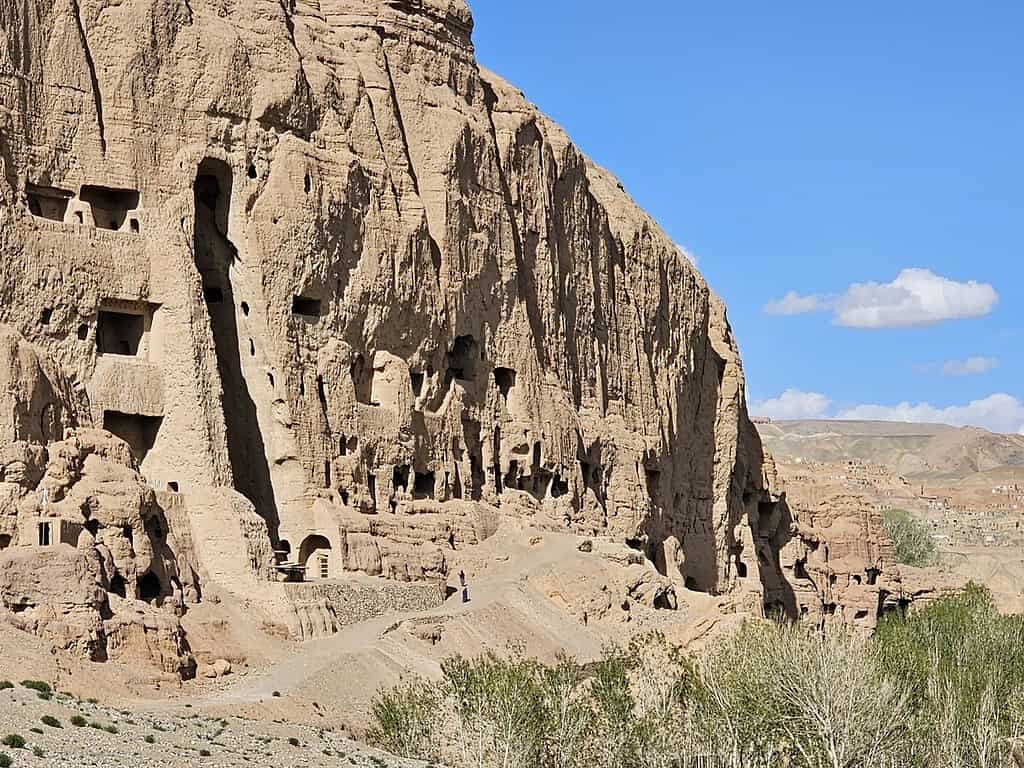
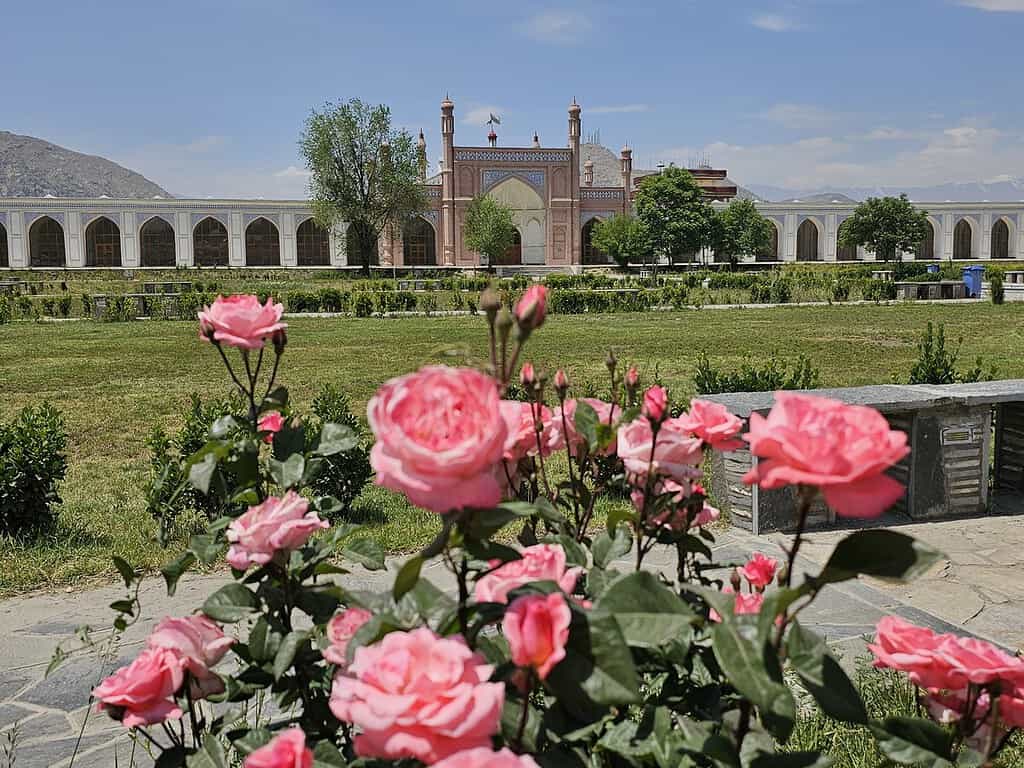
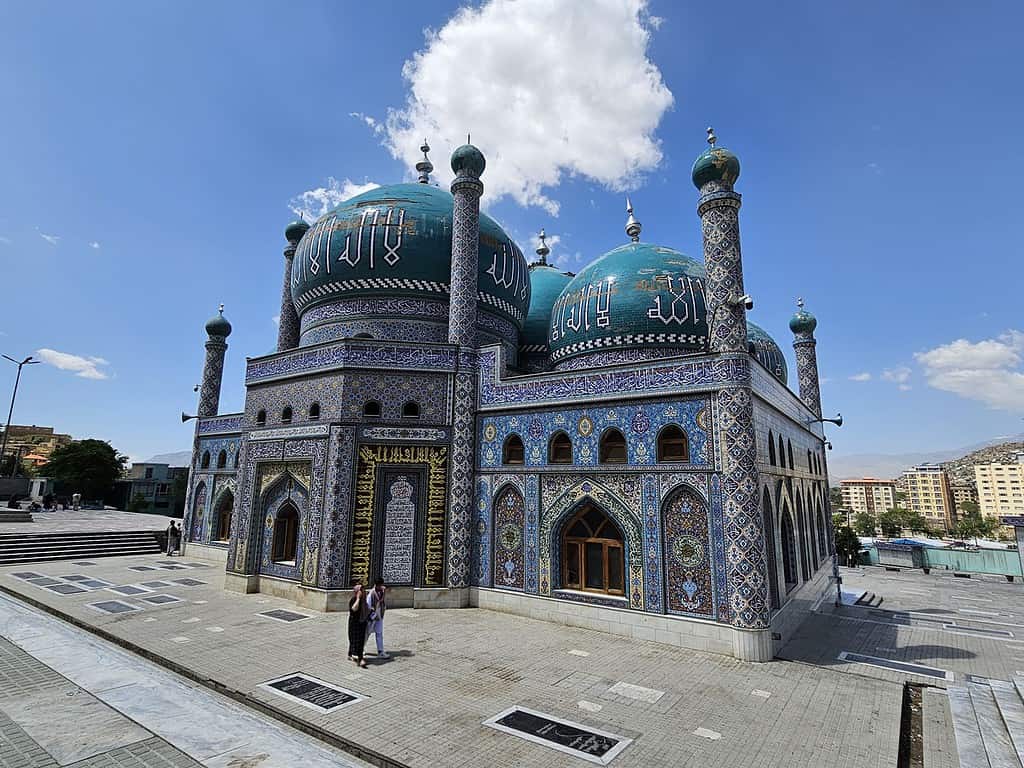
Afghanistan’s cultural heritage is a reflection of its past. The country’s art, architecture, music, and cuisine encapsulate the influences of Persia, India, China, Greece, and Central Asia, resulting in a distinctive culture that fascinates those who delve into it.
Snapshot of Afghanistan’s History
Here is a condensed timeline of Afghanistan’s history, including recent events:
- 330 BC: Conquered by Alexander the Great.
- 7th Century AD: Islamic Arab forces invade the region.
- 13th Century: Afghanistan is invaded by Genghis Khan and the Mongols.
- 1504-1526: The Mughal Empire under Babur takes control of Afghanistan.
- 1747: Modern state of Afghanistan is founded by Ahmad Shah Durrani.
- 19th Century: ‘Great Game’ period of political conflict between the British and Russian empires, with Afghanistan as the buffer state.
- 1919: Afghanistan gains independence from British influence after the Third Anglo-Afghan War.
- 1973: Mohammed Daoud Khan declares himself president in a coup against the king, ending the monarchy.
- 1978: Daoud Khan is assassinated in a communist coup. This leads to the Afghan Civil War and eventually Soviet intervention.
- 1979-1989: Soviet-Afghan War. The USSR invades Afghanistan but faces fierce resistance from the Afghan Mujahideen, who are backed by the USA, Saudi Arabia, and Pakistan.
- 1989: Soviet forces withdraw from Afghanistan.
- 1992: Mujahideen forces overthrow the communist government, but fail to form a stable government leading to a brutal civil war.
- 1996-2001: The Taliban, a local political and military group, takes control over most of the country and imposes strict Sharia law.
- 2001-2021: In response to the 9/11 attacks, the United States and allied forces invade Afghanistan, overthrowing the Taliban regime. A long and complex war ensues, involving multiple factions and resulting in significant civilian and military casualties.
- 2021: After a protracted conflict, the U.S. and NATO lost the war, and its forces withdrew from Afghanistan. The Taliban swiftly retakes control over much of the country, including the capital, Kabul, setting their new flag of Afghanistan, marking a significant shift in the country’s political landscape.
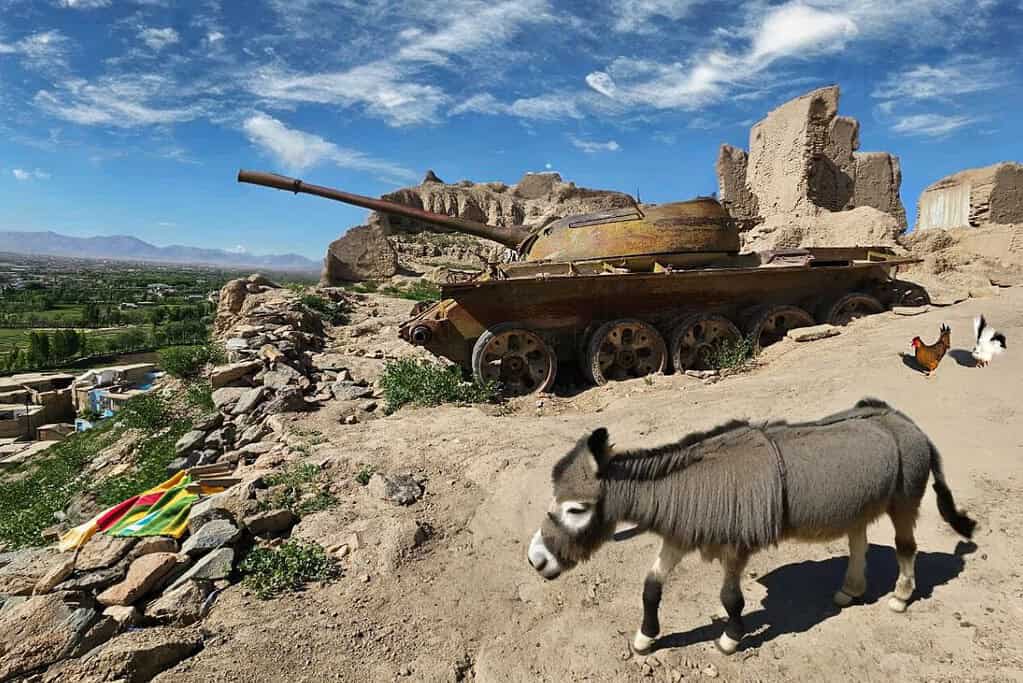
Unique Geographical Features
Afghanistan boasts many unique geographical features, from the beautiful Afghanistan mountains soaring peaks of the Hindu Kush mountain range, to the vast expanses of the Registan Desert, and the serene, crystal clear waters of the Band-e Amir lakes, offering diverse landscapes for adventurous explorers.
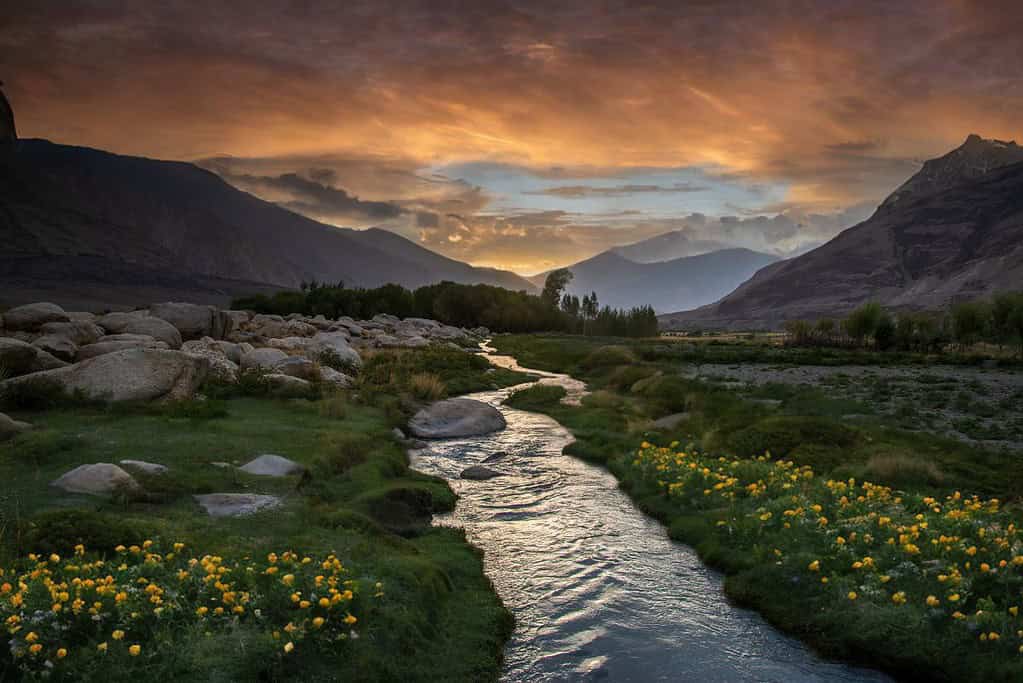
Stunning Landscapes
Afghanistan’s geographical diversity is breathtaking. The snow-capped peaks of the Hindu Kush, the lush Fertile plains of the North, the stark deserts of the South, and the serene lakes such as Band-e Amir offer landscapes that leave a lasting impression on its visitors. Hiking trails, mountain passes, and valleys teeming with unique flora and fauna make it a paradise for nature lovers.
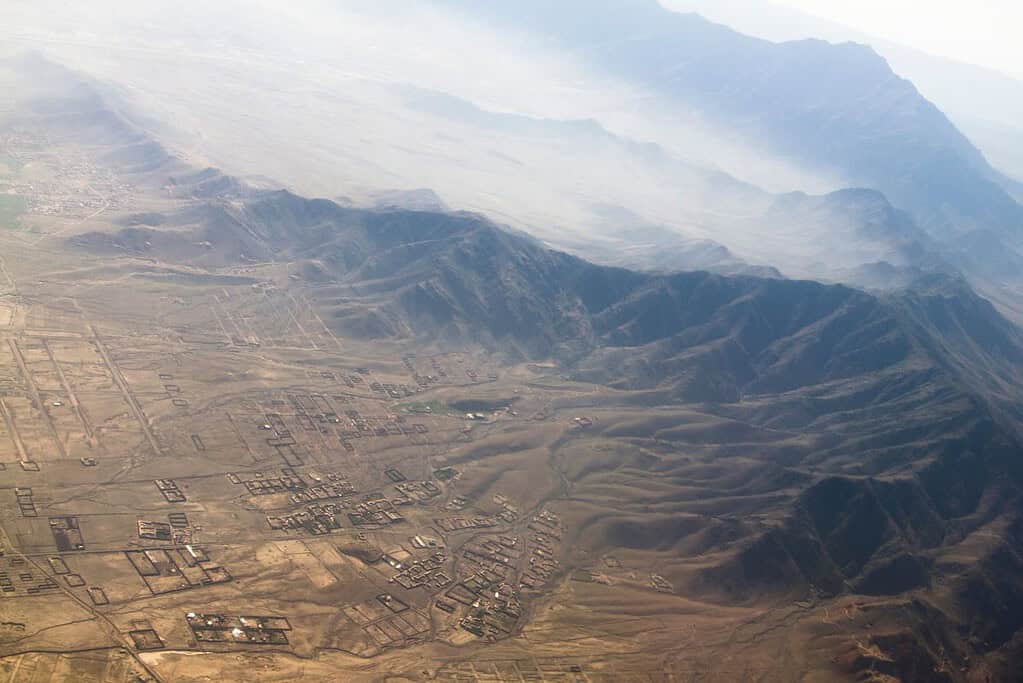
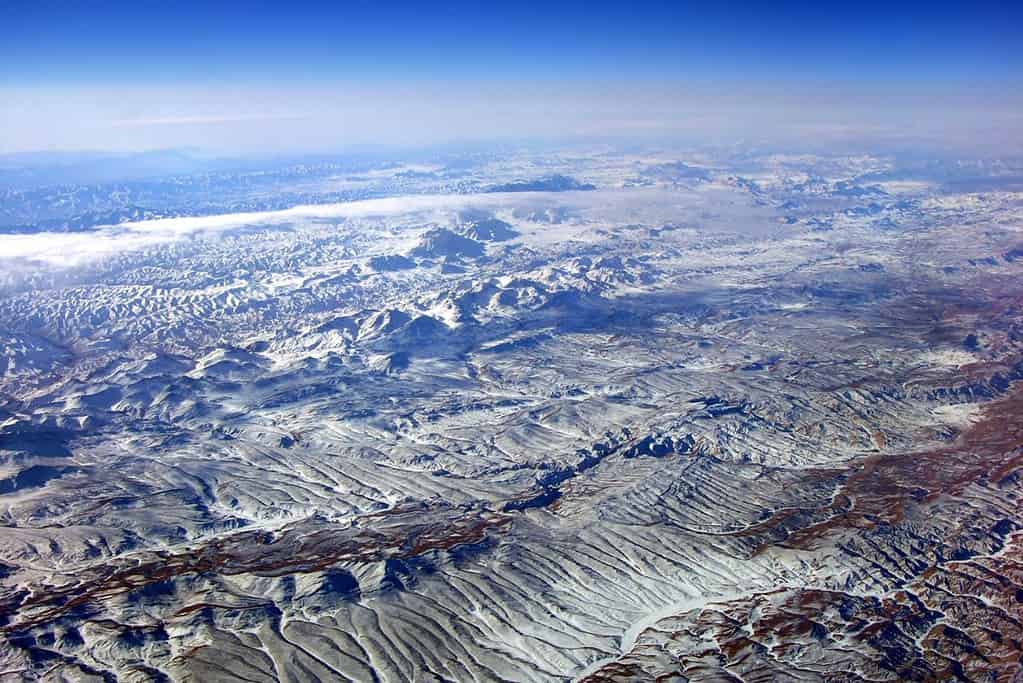
Afghanistan’s National Parks
Band-e Amir National Park, with its six interconnected blue lakes, is one of the jewels of Afghanistan. This, along with Wakhan National Park, home to snow leopards and Marco Polo sheep, showcase the country’s commitment to preserving its natural heritage.
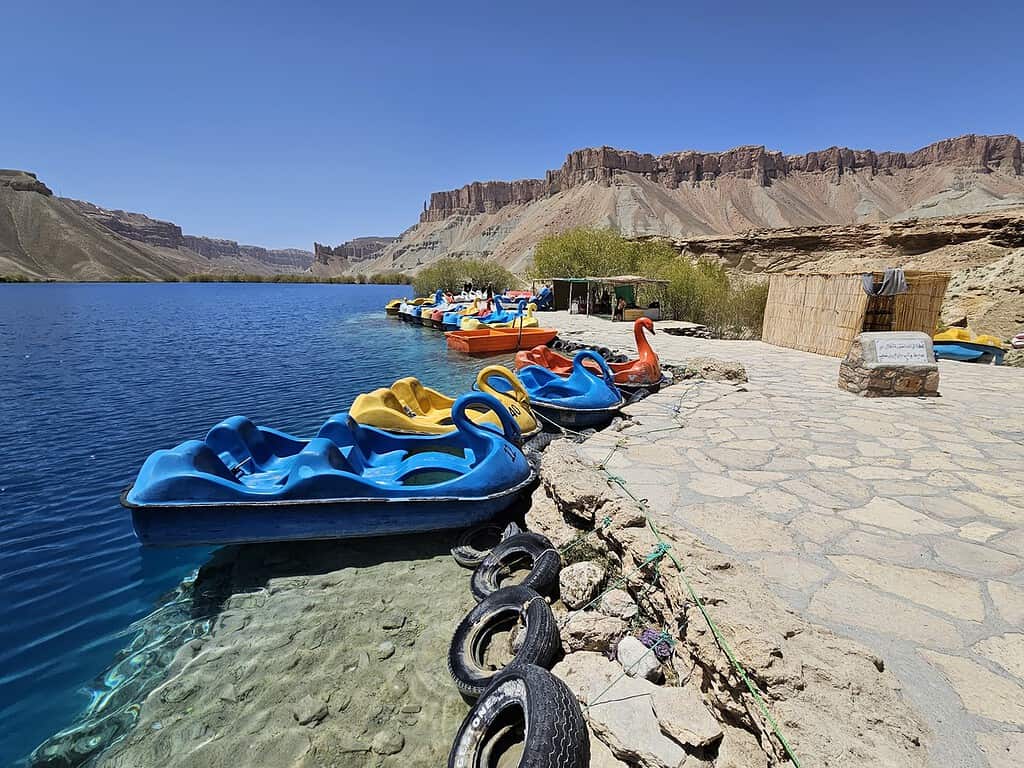
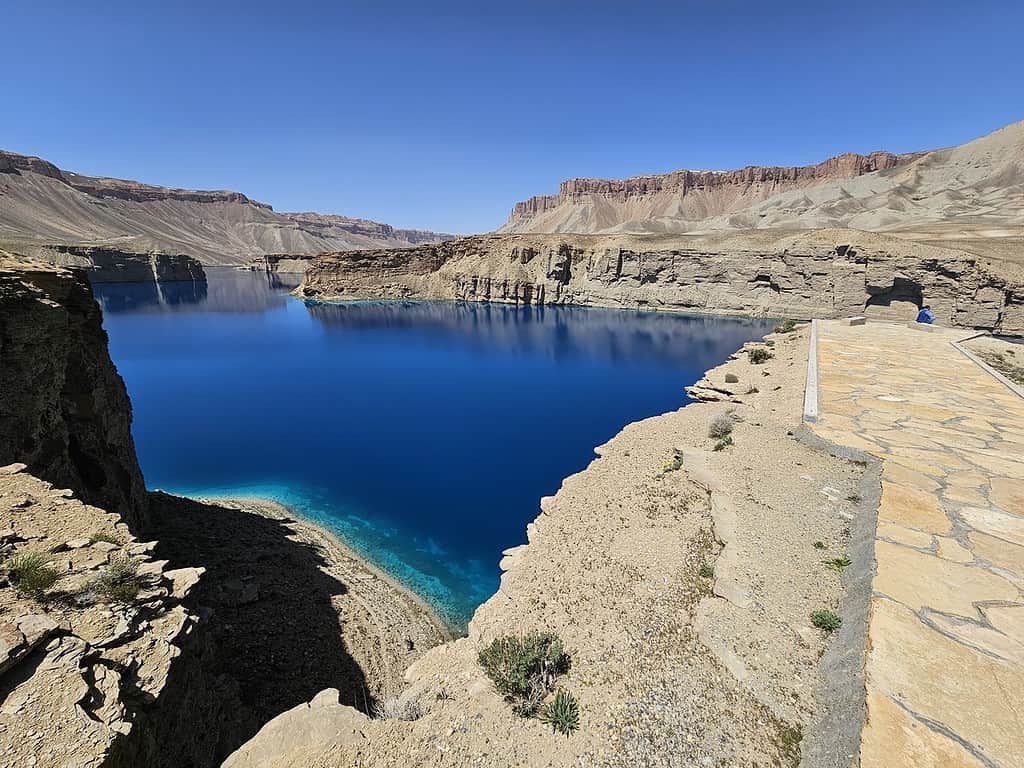
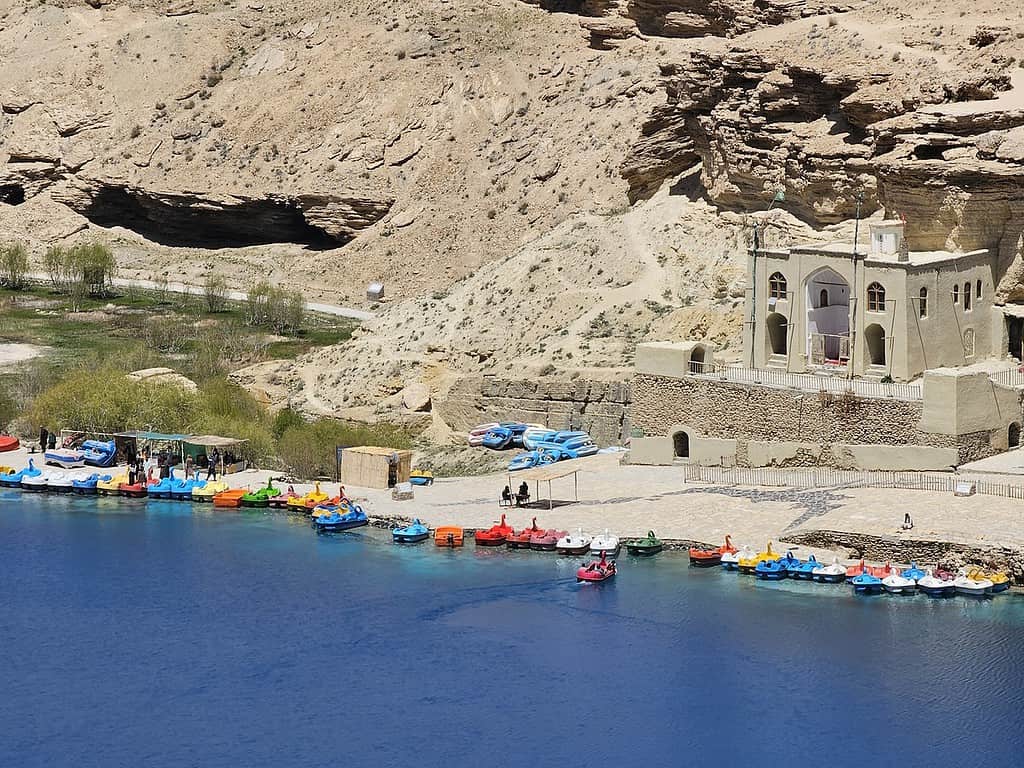
- Band-e Amir National Park: Located in the central highlands of Afghanistan, it is the country’s first national park and is known for its beautiful series of six deep blue lakes.
- Nuristan National Park: Situated in the Nuristan Province of eastern Afghanistan, this national park is known for its rugged mountain landscapes, dense forests, and diverse wildlife.
- Salang National Park: Located in the Hindu Kush mountain range, Salang National Park is known for its stunning alpine scenery, picturesque valleys, and the Salang Pass, a major mountain pass.
- Hazarajat and Urozgan National Park: This national park spans the Hazarajat and Urozgan regions and encompasses vast grasslands, rolling hills, and unique ecosystems. It is home to diverse wildlife species.
- Kunar National Park: Situated in the Kunar Province of eastern Afghanistan, this national park is known for its breathtaking mountain scenery, pristine rivers, and diverse flora and fauna.
- Pamir-e Baba National Park: Located in the Bamyan Province, this national park covers the western slopes of the Baba Mountain Range and offers stunning vistas, high altitude lakes, and important wildlife habitats.
- Tatamapar National Park: Situated in the Nangarhar Province, this national park is known for its diverse landscapes, including mountains, valleys, and rivers. It provides habitats for various plant and animal species.
- Ghorband Valley National Park: Located in the Parwan Province, this national park is characterized by its picturesque valleys, scenic landscapes, and rich biodiversity.
Architectural Wonders
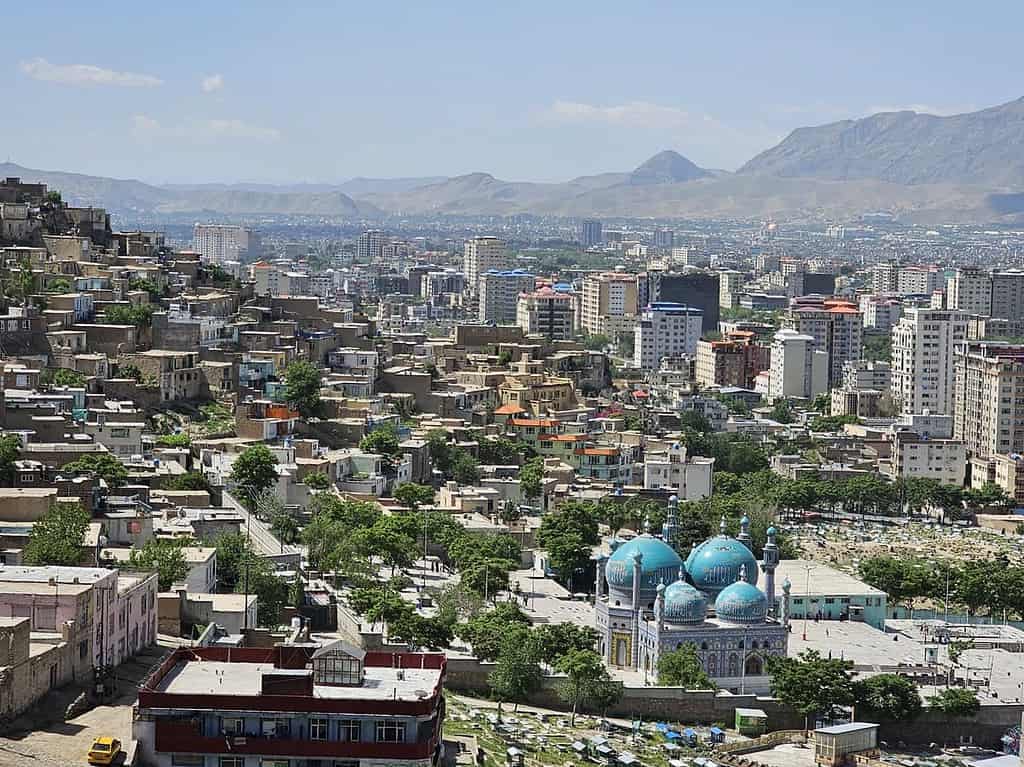
Despite the ravages of time and war, there are many beautiful places in Afghanistan, and the country hosts a multitude of architectural gems. The mysterious Minaret of Jam, a UNESCO site in Afghanistan, stands tall as a testament to Afghanistan’s architectural brilliance. The remains of the monumental Buddha statues of Bamiyan, though destroyed, still echo the grandeur of Afghanistan’s past.
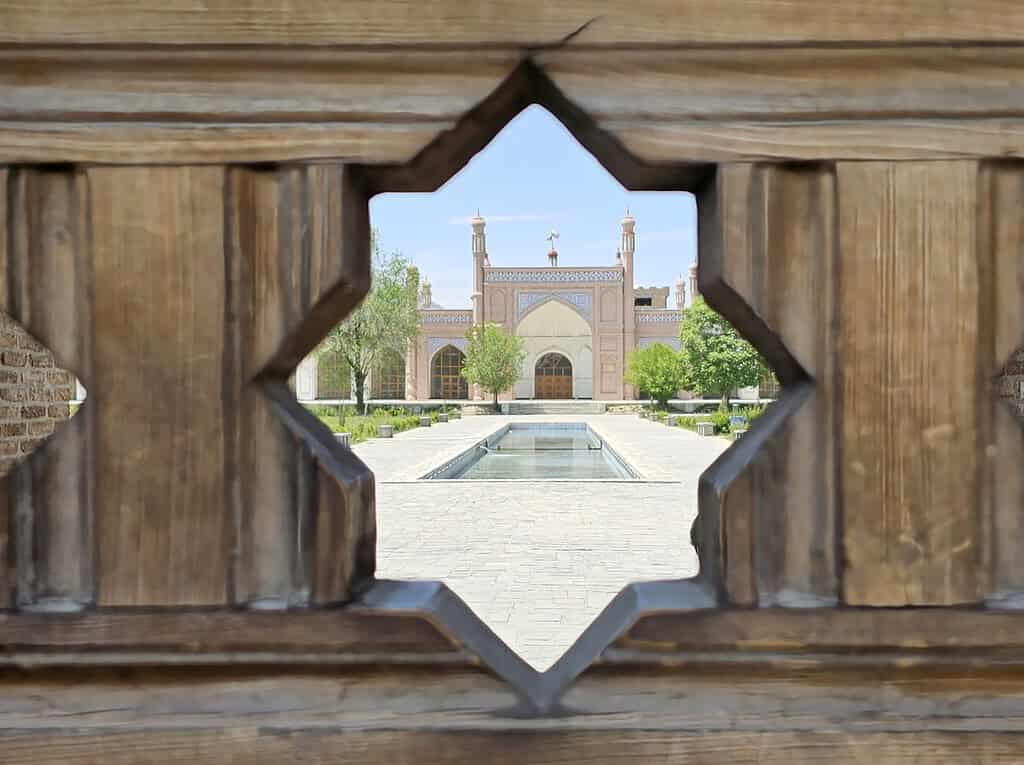
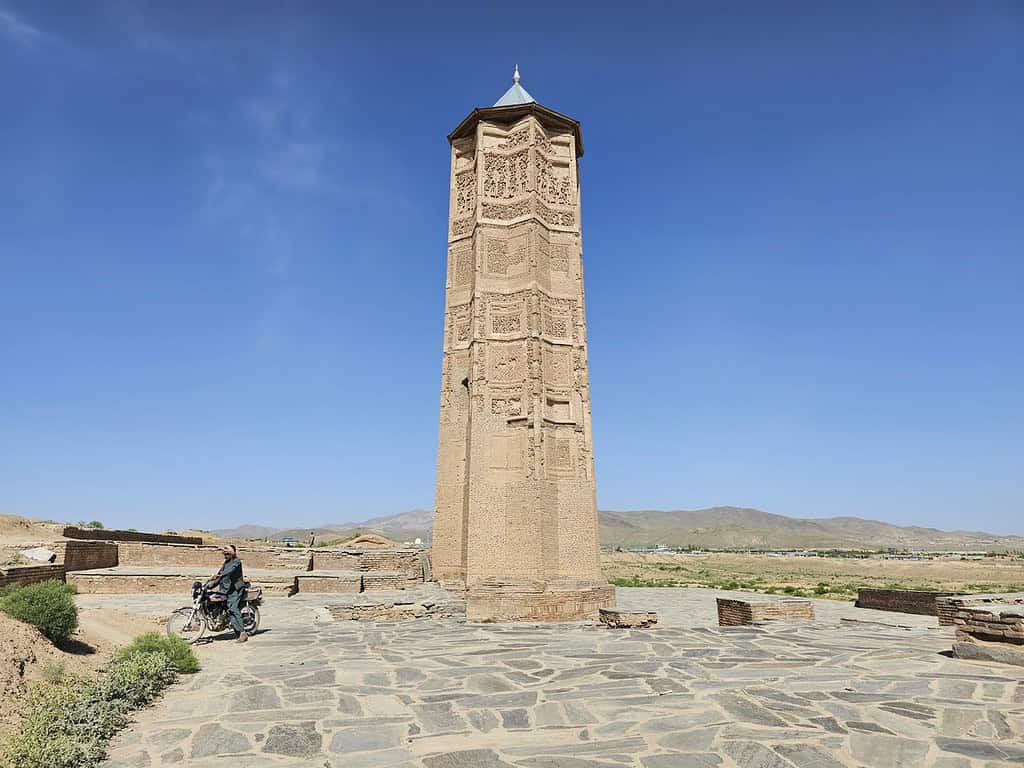
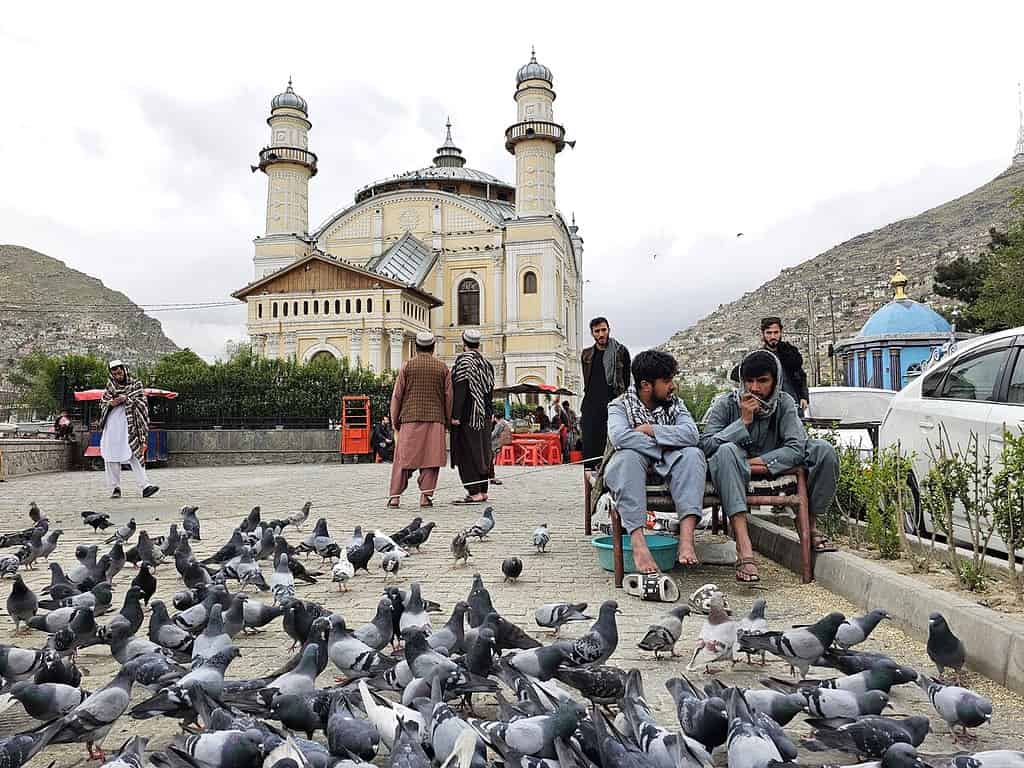
Modern Afghan architecture beautifully marries traditional aesthetics with contemporary design. The post-war reconstruction has seen a surge of innovative design, as showcased in structures like the new Parliament Building in Kabul.
- Babur’s Gardens (Kabul): These historic gardens are the final resting place of the first Mughal Emperor, Babur, and are a prime example of Mughal architecture.
- The Blue Mosque (Mazar-i-Sharif): Also known as the Shrine of Hazrat Ali, this mosque is famous for its stunning blue tiles and intricate calligraphy.
- The Great Mosque of Herat: A masterpiece of Islamic architecture, this mosque is famous for its grand size and intricate tilework.
- Buddhas of Bamiyan: Although destroyed by the Taliban in 2001, these enormous 6th-century statues carved into a cliff are a testament to Afghanistan’s rich Buddhist history.
- Qala-e Bost Arch (Lashkar Gah): An impressive remnant of the Ghaznavid Empire, this arch is part of the ruins of Bost, a once-thriving city on the banks of the Helmand River.
- The Minaret of Jam (Ghor Province): Standing 65 meters tall in a remote valley, this 12th-century minaret is a UNESCO World Heritage site, adorned with intricate brickwork and Kufic inscriptions.
- The Citadel of Herat: This impressive fortress has stood for over 2000 years, witnessing numerous dynasties and wars. This city is one of the reasons to enjoy.
- The Mausoleum of Ahmad Shah Durrani (Kandahar): The resting place of Ahmad Shah Durrani, the founder of the modern state of Afghanistan, is a grand structure with a green dome and multiple minarets.
- Darul Aman Palace (Kabul): Built in the 1920s, this grand palace was recently restored after years of war and neglect. It’s a prominent symbol of Afghanistan’s complex history.
- The Minarets of Ghazni: These two surviving minarets, once part of the ancient city’s grand mosques, are covered in stunning tilework and Arabic calligraphy, providing a glimpse into the city’s glorious past.
Places to Visit in Beautiful Afghanistan
Kabul: The Heart of Afghanistan
Kabul, the capital and largest city of Afghanistan, is a bustling metropolis that harbors centuries of history. It is home to several historical sites such as the idyllic Babur’s Gardens, the impressive Darul Aman Palace, and the vibrant Chicken Street known for its traditional crafts and souvenir shops.
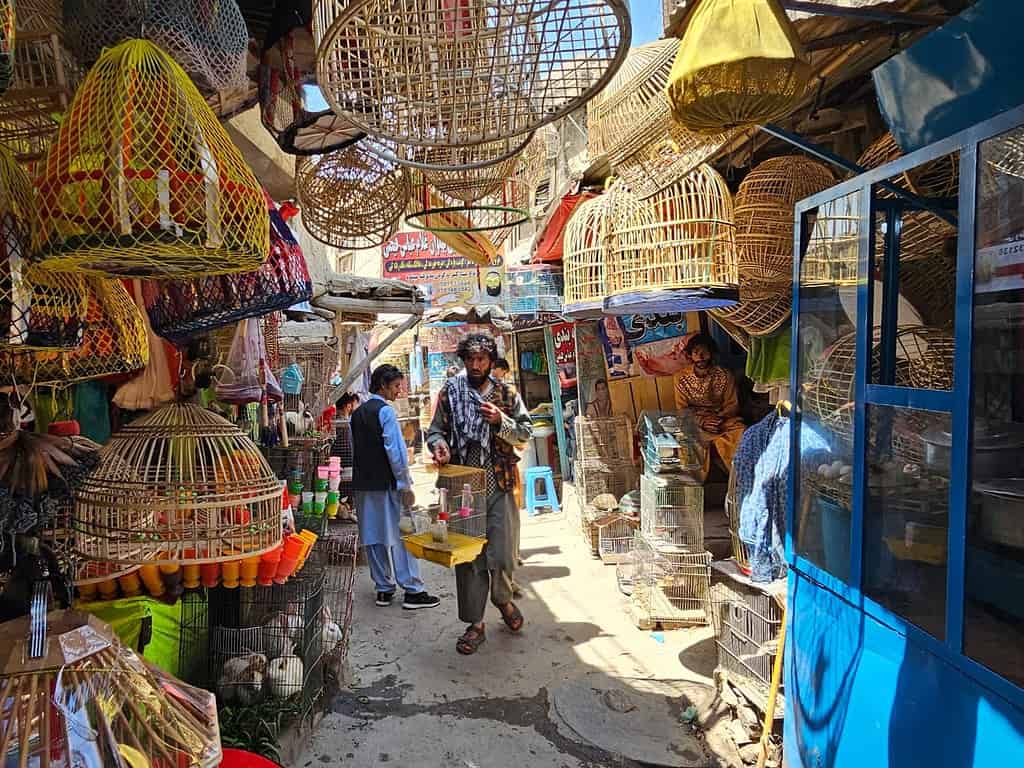
What to visit in Kabul
- Babur’s Gardens: An idyllic garden named after the first Mughal Emperor, Babur. It’s a beautiful place for relaxation and leisure.
- Darul Aman Palace: An impressive European-style palace that symbolizes Afghanistan’s recent history.
- Chicken Street: Famous for its traditional crafts and souvenir shops. It’s the city’s primary shopping district for tourists.
- Kabul Museum (National Museum of Afghanistan): Houses artifacts from Afghanistan’s rich historical past.
- Tomb of Nadir Shah: The tomb of the king who is considered the founder of modern Afghanistan.
“Flying into Kabul is beautiful — brown plains lead to stark mountains and snow-capped peaks surrounding the valley in which Kabul sits.”
In – Afghanistan the beautiful.
Herat: A City of Historical Significance
Herat in the west of Afghanistan holds a significant place in history. The ancient Herat Citadel, the spectacular Great Mosque, and the tomb of the famous poet Jami illustrate the cultural richness of the city.
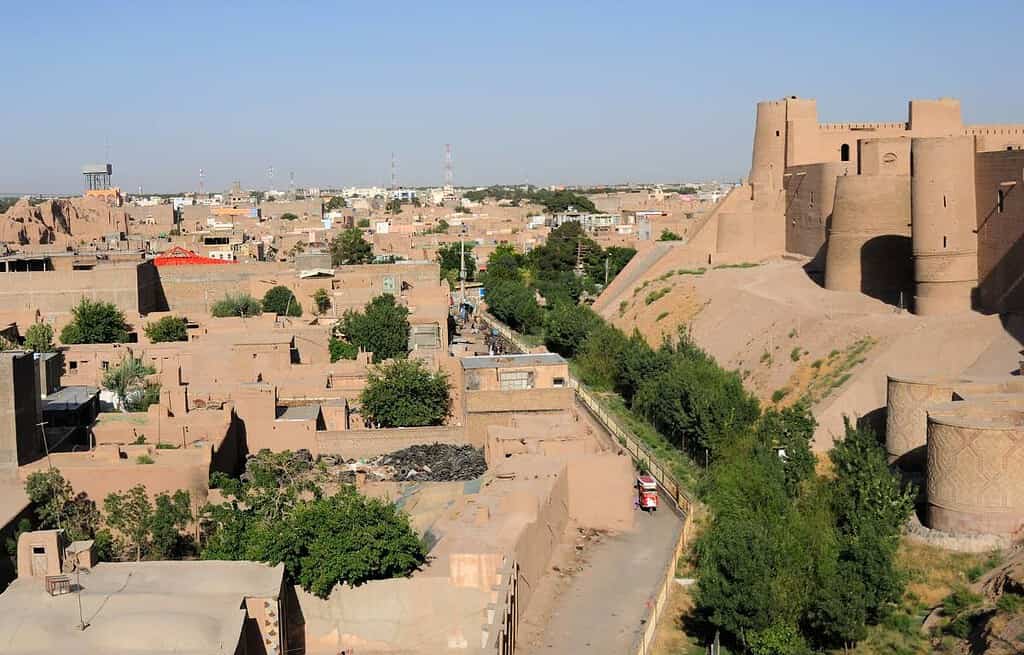
What to visit in Herat
- Herat Citadel (Citadel of Alexander): A fortress that dates back to 330 BC, offering panoramic views of the city.
- Great Mosque of Herat (Jama Masjid): One of the oldest mosques in Afghanistan with stunning architecture.
- Tomb of Jami: The resting place of the famous Sufi poet Jami.
- Gawhar Shad Mausoleum: A historic complex with unique tile work.
- Khawaja Abd Allah Shrine: An important religious site in Herat.
Band-e Amir: Afghanistan’s First National Park
Band-e Amir, nestled in the central highlands of Afghanistan, is a stunning showcase of natural beauty. Comprised of six deep blue lakes separated by natural dams, it became Afghanistan’s first national park in 2009. The area offers breathtaking vistas that capture the essence of the country’s unspoiled wilderness.
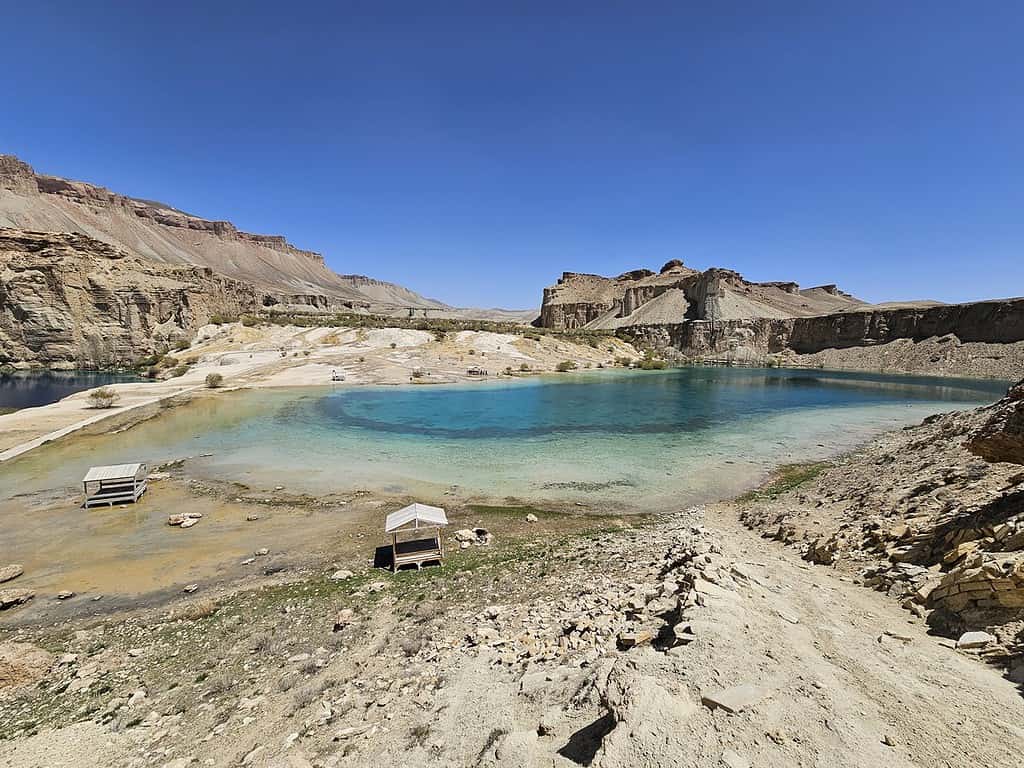
What to visit in Band-e Amir
- Band-e Amir Lakes: The six stunning lakes of Band-e Amir are the highlight of this national park.
- Natural Dams: The dams separating the lakes are a unique geological feature.
- Band-e Haibat: The largest and most picturesque lake of the six.
- Hiking Trails: Experience the area’s beauty through its numerous hiking trails.
- Local Wildlife: Look out for the diverse local wildlife, including various bird species.
Ghazni: A City of Minarets
Ghazni, once the capital of the Ghaznavid Empire, boasts an abundance of historic sites. Two towering minarets, the only remnants of the once magnificent Ghaznavid architecture, stand as the city’s symbols. Other landmarks include the ancient Ghazni Citadel and the Mausoleum of Sultan Mahmud Ghaznavi.
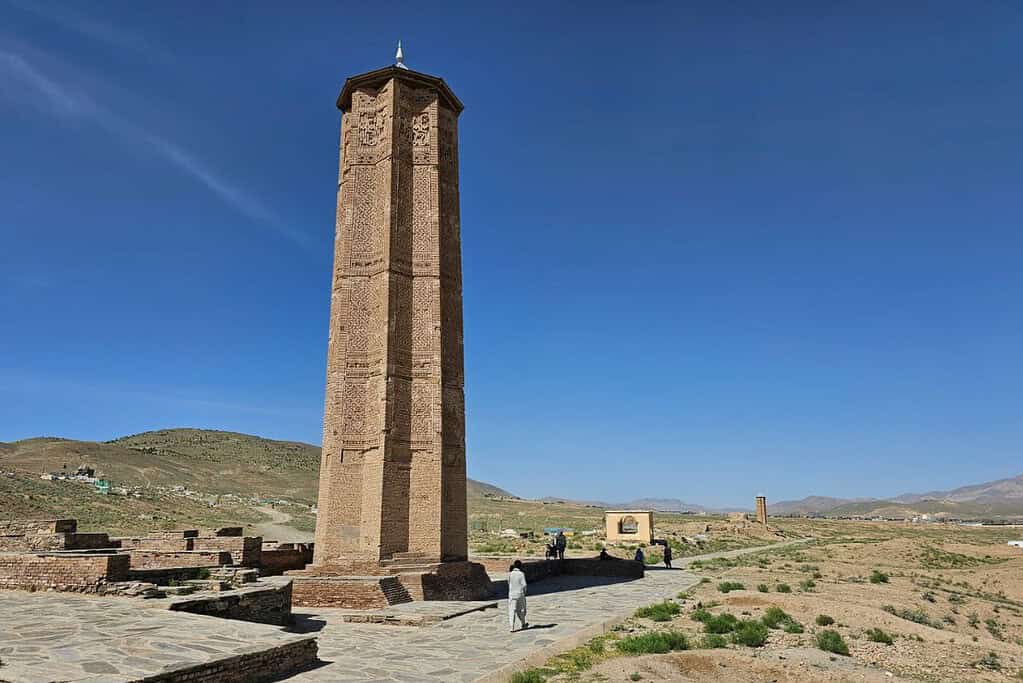
What to visit in Ghazni
- Ghazni Minarets: Two towering minarets, the remnants of Ghaznavid architecture.
- Ghazni Citadel: A historical fortress offering panoramic views of the city.
- Mausoleum of Sultan Mahmud Ghaznavi: The tomb of the famous Ghaznavid ruler.
- Palace of Sultan Mas’ud III: An archaeological site revealing the grandeur of the Ghaznavids.
- Tomb of Sebuktigin: The resting place of the founder of the Ghaznavid dynasty.
Wakhan Corridor: The Remote Paradise
The Wakhan Corridor is a slender strip of land in northeastern Afghanistan that extends to China and separates Tajikistan from Pakistan. Its rugged terrain and remote location create a haven for wildlife, while the traditional Wakhi and Kyrgyz communities provide a glimpse into a simpler way of life, virtually untouched by modern civilization.
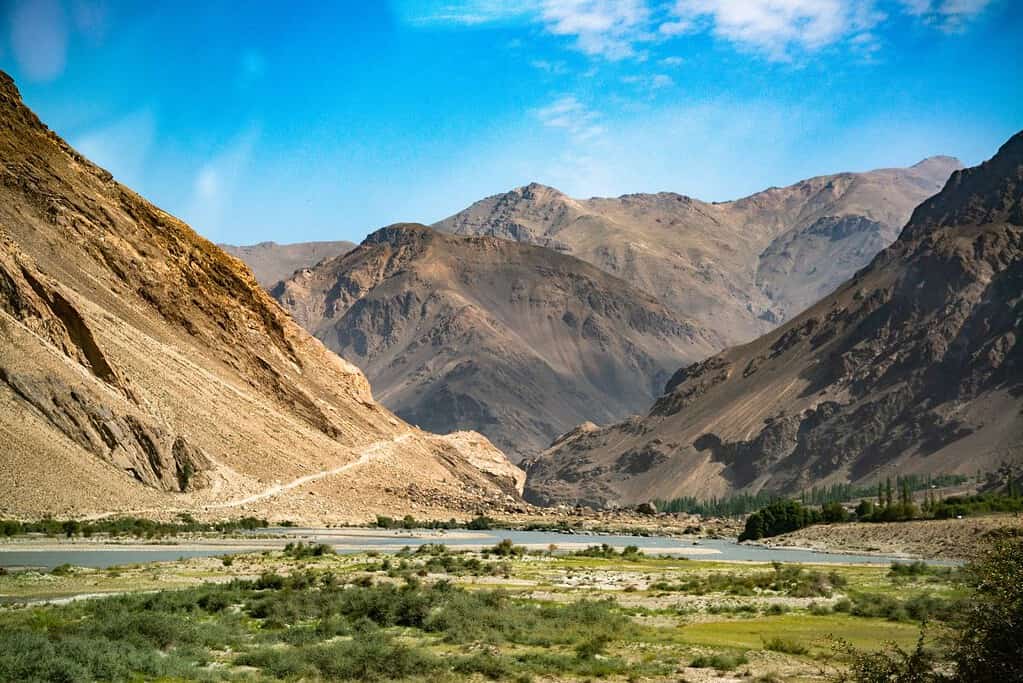
What to visit in Wakhan
- Pamir Mountains: A rugged mountain range known as the “Roof of the World”.
- Wakhi and Kyrgyz Villages: Experience the traditional lifestyle of the Wakhi and Kyrgyz people.
- Wildlife Watching: Look out for snow leopards, Marco Polo sheep, and other wildlife.
- Trekking Routes: Explore the untouched beauty of the corridor via various trekking routes.
- Breathtaking Landscapes: Take in the stunning scenery of this remote paradise.
Bamiyan Valley: Afghanistan’s Buddhist Past
Bamiyan Valley, located in the central highlands, is a UNESCO World Heritage site known for the giant Buddha statues that were carved into the cliffs. Despite their destruction by the Taliban, the site remains a testament to the region’s rich Buddhist history. The surrounding landscape, with its red cliffs, canyons, and caves, offers a mesmerizing view that’s bound to captivate any visitor.
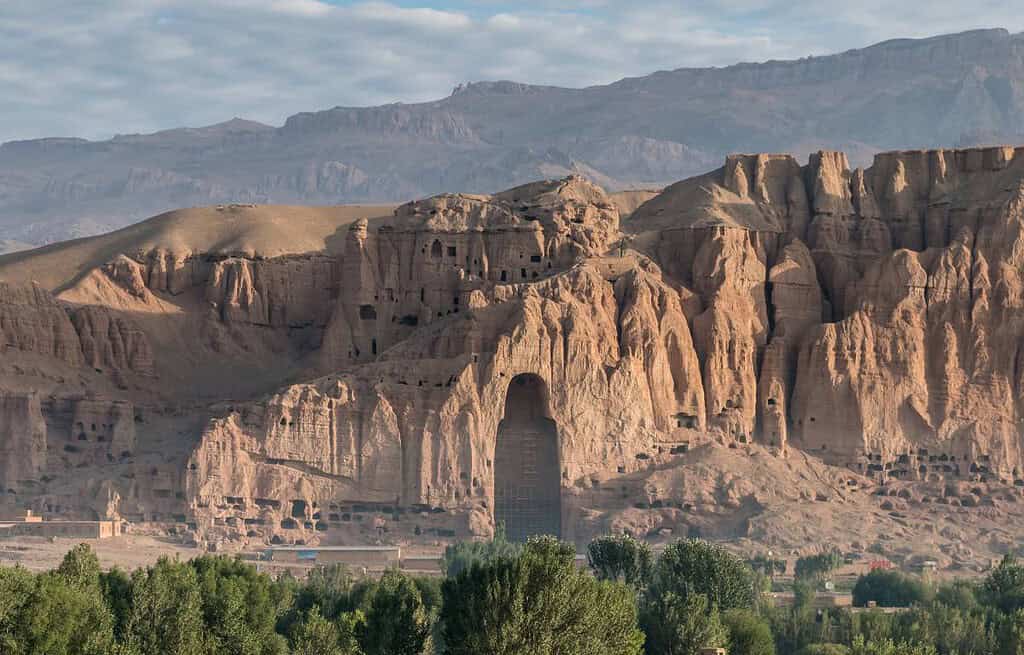
What to visit in Bamiyan
- Buddha Niches: The empty alcoves stand as a testament to the giant Buddha statues that once stood here.
- Bamiyan Caves: These were once the homes of Buddhist monks and are adorned with frescoes.
- Shar-e Gholghola (City of Screams): An ancient city that offers panoramic views of Bamiyan.
- Band-e Amir National Park: Just a short drive from Bamiyan, this stunning national park shouldn’t be missed.
- Local Bazaars: Experience the local culture and shop for handicrafts.
Mazar-i-Sharif: City of Shrines
Mazar-i-Sharif is renowned for the iconic Shrine of Hazrat Ali, which is surrounded by a sea of white pigeons. The city is a major center of pilgrimage and offers a unique insight into the religious traditions of Afghanistan.
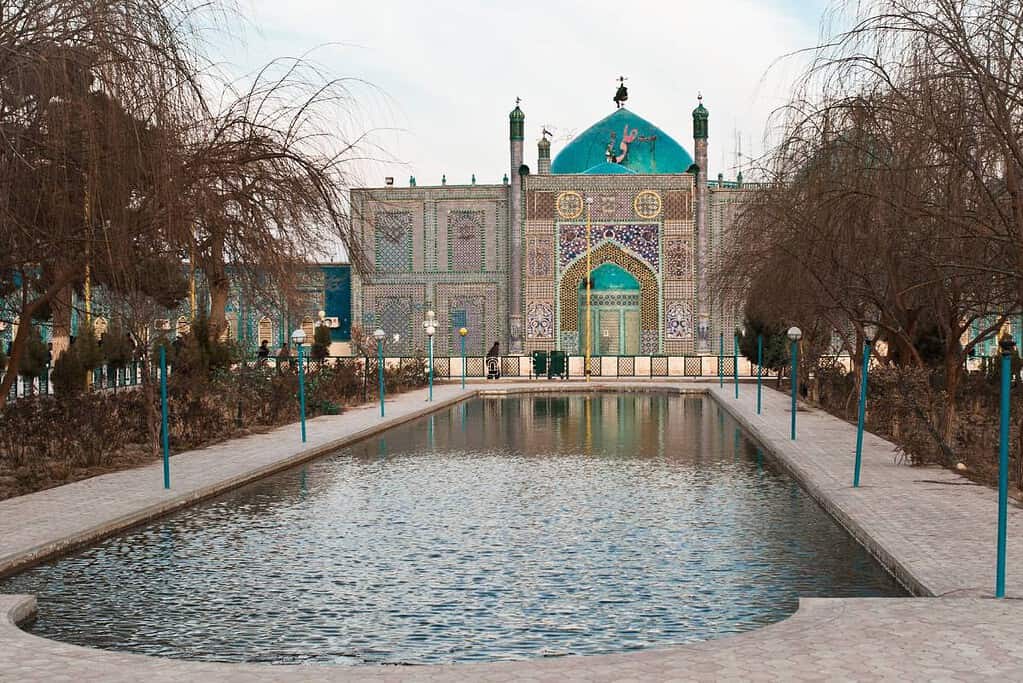
What to visit in Mazar-i-Sharif
- Shrine of Hazrat Ali: The stunning blue mosque is believed to be the burial place of Ali, the fourth caliph of Islam. his mosque’s striking architecture and a flock of white pigeons make it a peaceful retreat.
- Qala-i-Jangi Fortress: A historical fortress located near the city.
- Mazar-i-Sharif Bazaars: Explore local crafts, food, and culture at the bustling markets.
- Balkh Province Sites: As one of the oldest cities in the world, nearby Balkh holds many ancient sites.
Kandahar: The Cultural Capital
Kandahar, one of the oldest known human settlements, is regarded as the cultural heartland of Afghanistan. From the ruins of Old Kandahar to the Mausoleum of Ahmad Shah Durrani, the city offers a journey back in time.
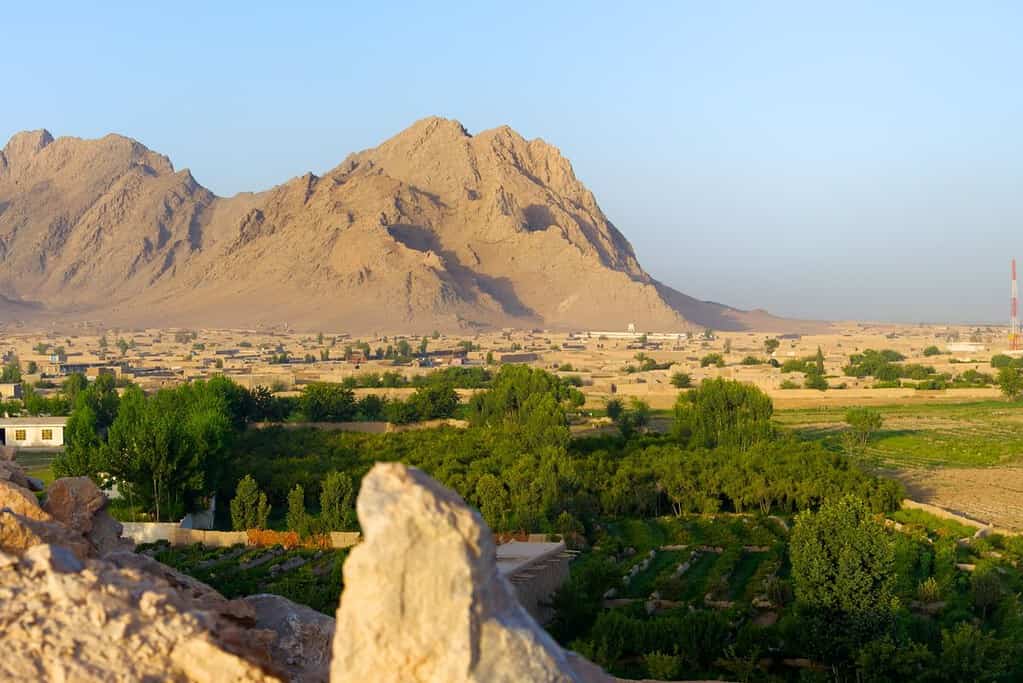
What to visit in Kandahar
- Mausoleum of Ahmad Shah Durrani: The tomb of the founder of modern Afghanistan.
- Herat Gate: One of the old gates to the city, it’s a historical site worth visiting.
- Kandahar Museum: Contains a collection of artifacts showcasing the region’s history.
- Old Kandahar: A historical section of the city that contains many old buildings and structures.
- Cloak of the Prophet Mosque: A mosque that houses a cloak believed to have been worn by the Prophet Muhammad.
Unforgettable Cultural Experiences
Afghan Food
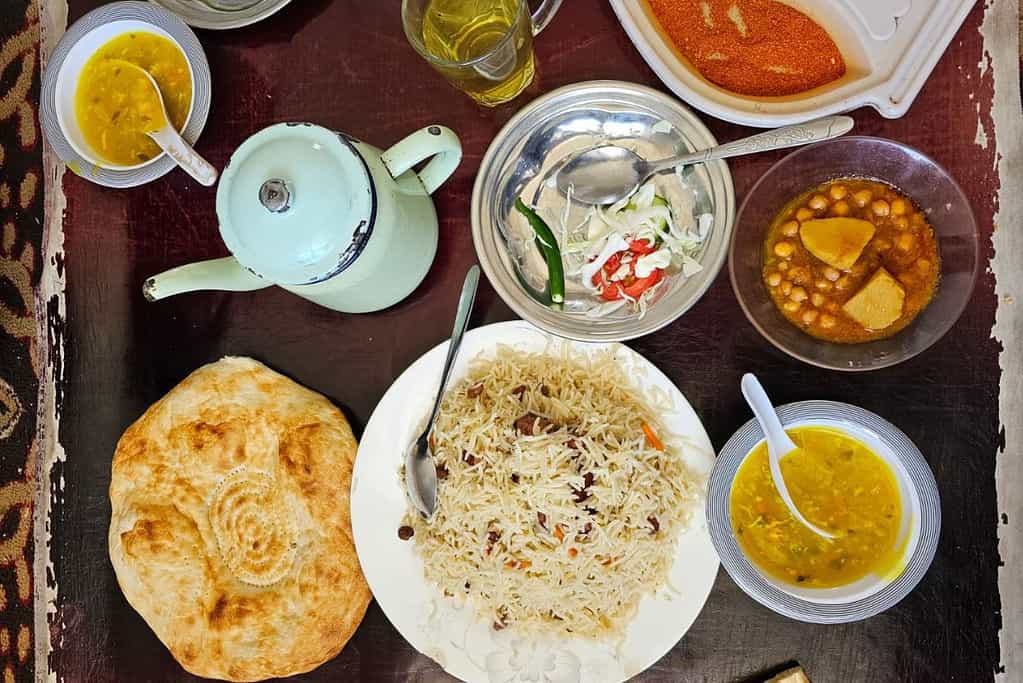
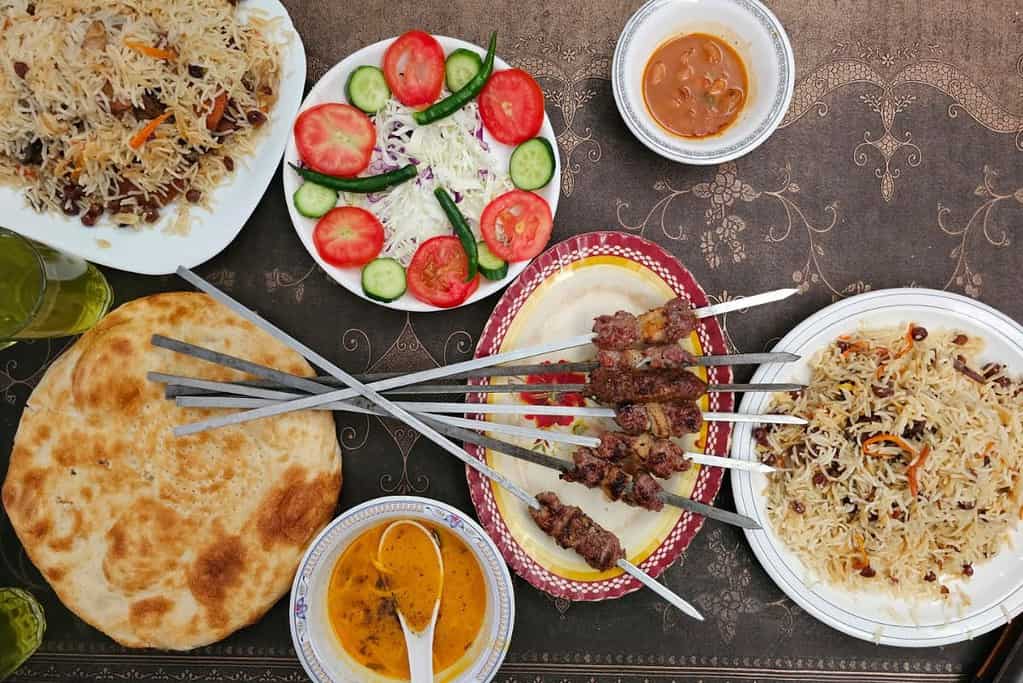
Afghan cuisine, rich and hearty, reflects the nation’s cultural diversity. The national dish, Kabuli Pulao, Mantu dumplings, and the delightful Afghan tea are must-try experiences for any food connoisseur.
- Kabuli Pulao: Afghanistan’s national dish, Kabuli Pulao features steamed rice mixed with raisins, carrots, and lamb. It’s a fragrant dish that perfectly showcases the balanced flavors of Afghan cuisine.
- Mantu: These are traditional Afghan dumplings filled with onion and ground beef or lamb. They’re typically topped with a tomato-based sauce and a yogurt garlic sauce, then sprinkled with dried mint and chili.
- Ashak: Similar to Mantu, Ashak is an Afghan dumpling dish. However, these dumplings are filled with leeks or scallions and served with a meaty tomato sauce, yogurt garlic sauce, and dried mint.
- Bolani: This is a vegan flatbread stuffed with various fillings such as potatoes, spinach, lentils, or pumpkin. It’s usually served with plain yogurt and is popular street food.
- Korma: An Afghan Korma is a rich and hearty stew made from meat (usually chicken, beef, or lamb), onions, and a blend of spices. It’s slow-cooked to allow the flavors to meld together, and it’s usually served with rice or naan.
- Shorwa: This is a traditional Afghan soup made with meat (beef, lamb, or chicken), various vegetables, and pulses. It’s a hearty dish often enjoyed during winter.
- Kebabs: Afghan kebabs are renowned for their deliciousness. They are typically made from chunks of chicken, beef, or lamb that are marinated in spices, skewered, and then grilled to perfection.
- Qabili Palau: Similar to Kabuli Pulao but with the addition of nuts and meat hidden under the rice, it’s considered a more elaborate dish often served at special occasions.
- Sheer Khurma: A special dish typically prepared for Eid, Sheer Khurma is a sweet vermicelli pudding cooked with dates, nuts, and milk, then flavored with cardamom and rose water.
- Firnee: This is a traditional Afghan dessert made from milk, cornstarch, and sugar. It’s similar to a pudding and is often flavored with cardamom and garnished with chopped pistachios or almonds.
Cultural Festivals
Celebrating Nowruz, the Persian New Year, attending a vibrant Loya Jirga, or witnessing a traditional Afghan wedding, Afghanistan’s cultural festivals provide an immersive experience of the local customs and traditions.
- Nowruz (Persian New Year): Celebrated on the vernal equinox (usually March 21), Nowruz marks the start of the Persian New Year and the arrival of spring. It is an official public holiday in Afghanistan and is celebrated with feasts, family gatherings, and outdoor festivities.
- Eid al-Fitr: This festival marks the end of Ramadan, the Islamic holy month of fasting. It is a time of celebration where families and friends come together for communal prayers followed by feasts and gift exchanges.
- Eid al-Adha: Also known as the “Festival of Sacrifice”, Eid al-Adha commemorates the willingness of Ibrahim (Abraham) to sacrifice his son in obedience to God. It is marked by the slaughter of an animal (usually a sheep, goat, or cow) with the meat distributed to family, friends, and the poor.
- Ashura: This is a day of mourning observed by Shia Muslims to commemorate the martyrdom of Husayn ibn Ali, the grandson of Prophet Muhammad, at the Battle of Karbala. It is marked by processions, re-enactments of the Battle of Karbala, and visits to mosques and shrines.
- Mawlud-un Nabi: This festival celebrates the birth of the Islamic prophet Muhammad. It is marked by public processions, family gatherings, and the distribution of food to the poor. Many also visit mosques to participate in special prayers and listen to stories and poems about the life of Muhammad.
The People of Afghanistan
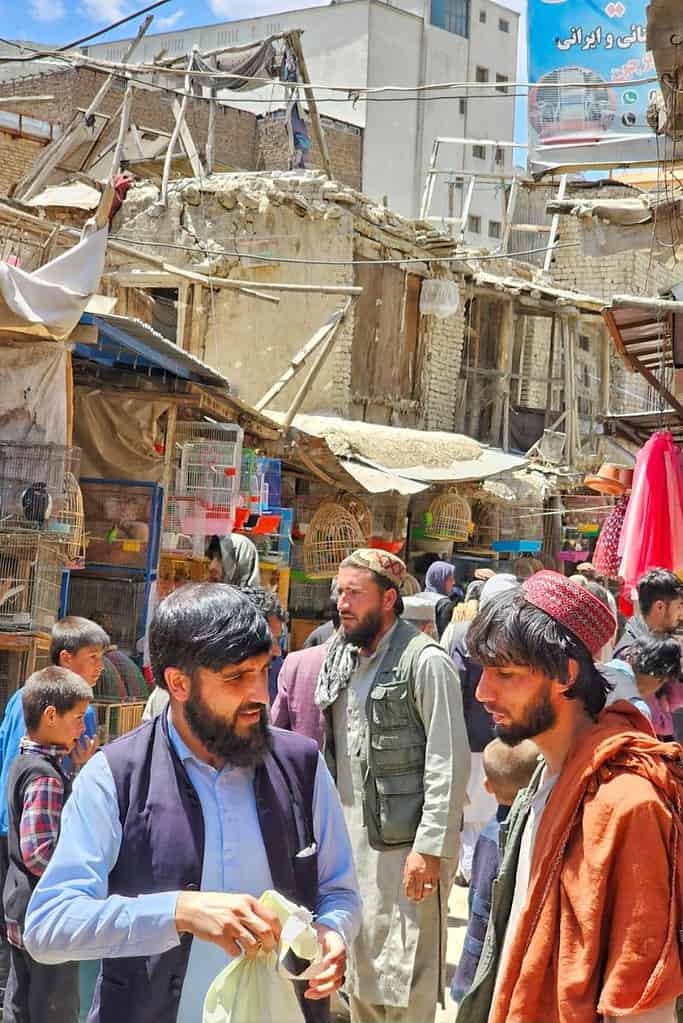
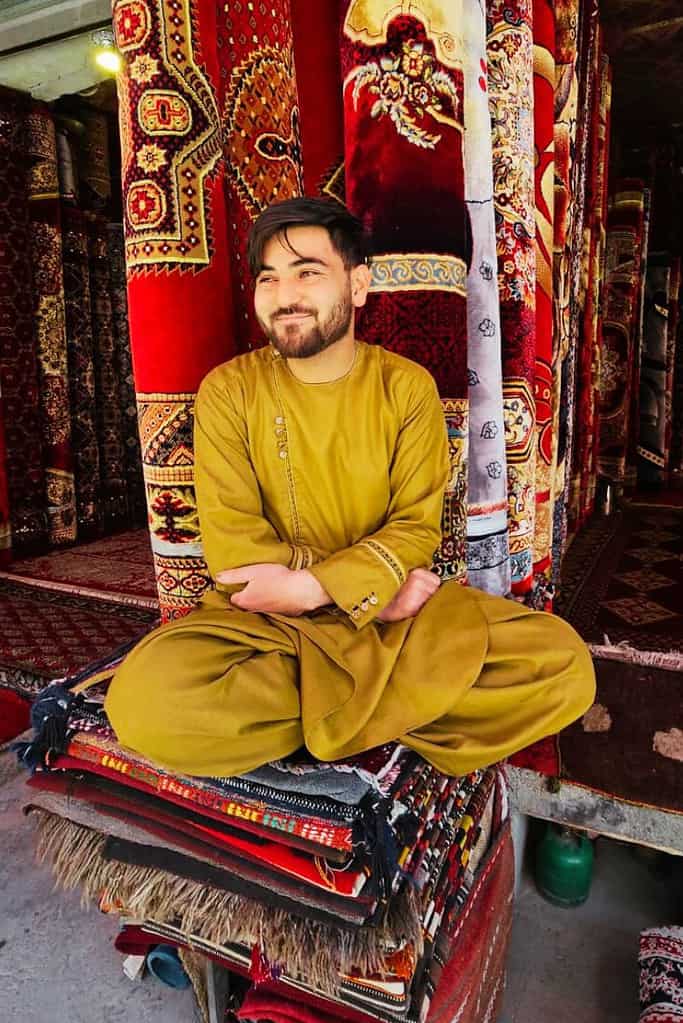
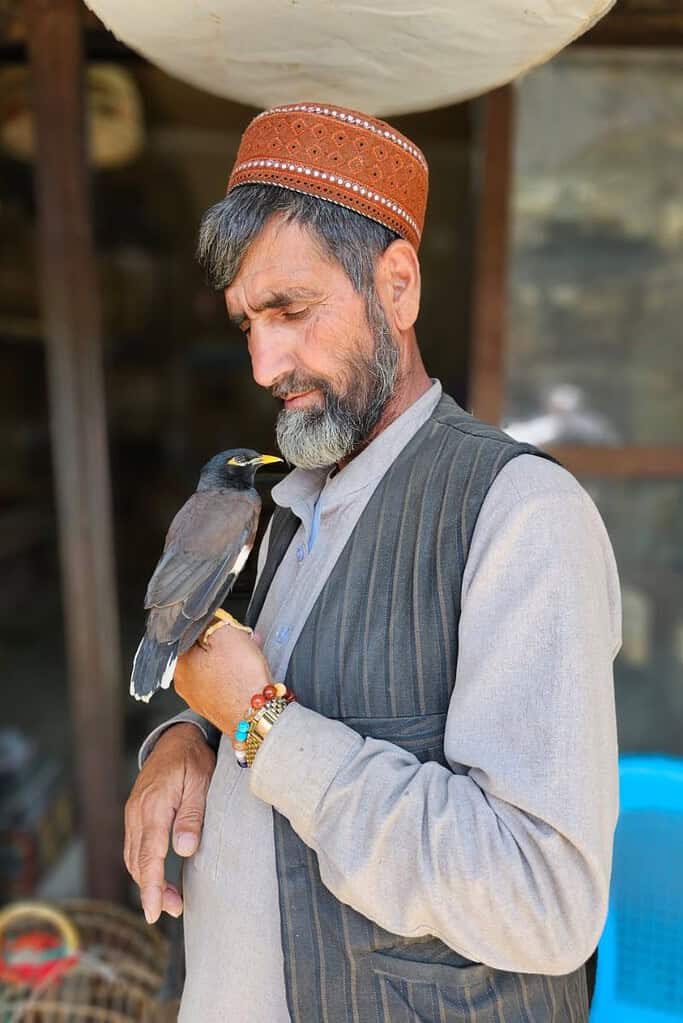
The Afghan population comprises several ethnic groups, each with its own unique traditions, languages, and customs. From the Pashtuns, the largest ethnic group, to the Tajiks known for their poetry and literature, the Hazaras with their distinct Mongolian features, to the Uzbeks, known for their craftsmanship, every group adds a vibrant thread to the country’s rich multicultural tapestry.
- Pashtun: The Pashtun are the largest ethnic group in Afghanistan, making up about 42% of the population. They are primarily found in the east and south of the country.
- Tajik: The Tajiks are the second largest ethnic group, making up about 27% of the population. They are predominantly located in the northeast, in provinces such as Panjshir and Badakhshan, but also in major urban centers.
- Hazara: The Hazaras make up about 9% of the population and are primarily found in the central region of Afghanistan, especially in the rugged region of Hazarajat.
- Uzbek: Uzbeks make up about 9% of the population. They are mainly located in the north of the country, particularly in the provinces of Jowzjan, Samangan, Balkh, and Faryab.
- Aimaq: Aimaqs make up about 4% of the population. They are semi-nomadic and mainly inhabit the western regions of the country.
- Turkmen: The Turkmen constitute about 3% of the population. Like the Uzbeks, they are primarily located in the north.
- Baloch: The Baloch constitute about 2% of the population. They are predominantly found in the south of the country, near the border with Pakistan and Iran.
- Others: Other smaller ethnic groups make up the remaining 4% of the population. These include the Pashai, Nuristani, Arab, Brahui, Qizilbash, Pamiri, Kyrgyz, and others.
Afghan Hospitality
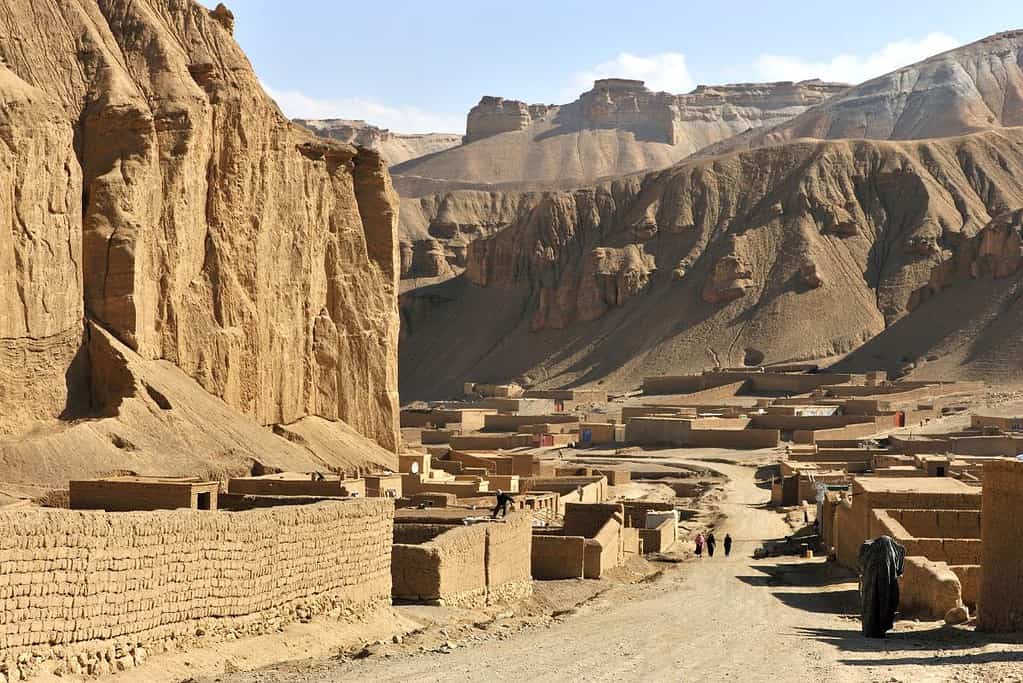
Afghanistan is famed for its hospitality. From urban cities to rural villages, visitors are often touched by the genuine warmth and generosity they encounter. The local adage ‘a guest is a friend of God’ truly resonates in their welcoming Afghanistan’s beautiful nature and historical cities.
- Invitations to Homes: Afghans are quick to invite guests into their homes, a sign of their willingness to share what they have. It stems from the belief in ‘Mehman Nawazi’, the honor and kindness shown to guests.
- Feasting and Food: Offering abundant and elaborate meals is a significant part of Afghan hospitality. It’s common to present guests with a wide array of dishes, demonstrating generosity and respect.
- Chai (Tea) Ceremonies: Serving chai, a type of hot tea, to guests is a common practice in Afghanistan. This custom signifies warmth and acceptance, making guests feel comfortable and welcome.
- Respect for Elders: Afghans show great respect for elders. It’s typical for younger people to stand when an elder enters the room and to offer them the best seating. This is an expression of veneration and acknowledgment of their wisdom.
- Nanawatai (Sanctuary): This Pashtunwali code calls for providing refuge to anyone seeking protection, even an enemy. It underscores the value Afghans place on safety and community.
- Melmastia (Hospitality): Another part of the Pashtunwali code, Melmastia refers to hospitality and protection to all guests. It emphasizes the honor in caring for visitors and making them feel at home.
- Gift-Giving: Exchanging gifts is a common practice, especially when visiting someone’s home. This tradition reflects kindness and generosity, further strengthening bonds between the host and the guest.
Safeguarding Afghanistan’s Heritage
We had the opportunity to meet with Taliban authorities involved in regional tourism and local development. The atmosphere was cordial and friendly as they offered us tea and shared their aspirations for the future. They expressed their desire to promote tourism and actively spread the word about the reality of the situation in Afghanistan.
Conservation Efforts
Despite the challenges faced, efforts are underway to preserve Afghanistan’s cultural heritage. UNESCO, along with other international and local organizations, is working to protect and restore sites of historical significance, promote cultural expression, and safeguard intangible cultural heritage.
The Future of Afghanistan’s Cultural Heritage
Though the task is challenging, there is a renewed sense of determination and hope for the preservation of Afghanistan’s rich cultural heritage. This involves not only the restoration of physical sites but also the promotion of traditional arts, music, and craftsmanship that form the core of Afghan culture.
Traveling Safely in Afghanistan
Safety is paramount when traveling in Afghanistan. It’s important to stay updated on travel advisories and to plan any travel with reputable tour operators who are familiar with the local conditions and customs.
Our firsthand experience with safety in Afghanistan allows us to confidently assure you of the stability and safety that prevail in Afghanistan today. The Taliban’s commitment to maintaining order and protecting both locals and visitors is evident throughout the nation.
Afghanistan has made significant progress in terms of security, and with the presence of security forces and the commitment of the Taliban to protect foreigners, the overall atmosphere is one of safety and comfort.
First-Time Travelers to Afghanistan
By traveling with a reputable tour operator, such as ours, that has assessed the security of the locations you will visit, you can embark on your journey with confidence, knowing that the necessary precautions have been taken to ensure your well-being.
Understanding local customs, respectful interaction with local communities, and staying aware of your surroundings can contribute significantly to a safe and enjoyable travel experience in Afghanistan. It’s also recommended to carry a reliable communication device and share your travel plans with someone trustworthy.
Embark on an unforgettable journey through the heart of the country with our 10-day Afghanistan Group Tour. Exploring Kabul, Ghazni, Kandahar, Bamiyan, Band-e Amir, and Mazar, you’ll witness the country’s stunning landscapes and rich heritage firsthand.
Our guarantee of monthly departures, whether you’re a solo traveler or a group of 11, ensures you won’t be left behind. So mark your calendars for the 15th, and join us on this once-in-a-lifetime adventure, all at a fixed price of 2500 USD per person in a private room. Discover the beauty of Afghanistan you’ve been dreaming of! Obtaining an Afghanistan visa in Dubai is a seamless process with our dedicated services and supportive staff available on-site to assist you every step of the way.
Final Thoughts
Afghanistan, often seen only through the lens of conflict, is a country of immense beauty, resilience, and cultural richness. Its stunning landscapes, historic cities, flavorful cuisine, rich traditions, and warm-hearted people make it a place worth discovering. It is now open for tourism, with our personalized tours starting in June 2023. Are you ready?
More About Afghanistan
[the-post-grid id=”45730″ title=”Afghanistan Main page”]

